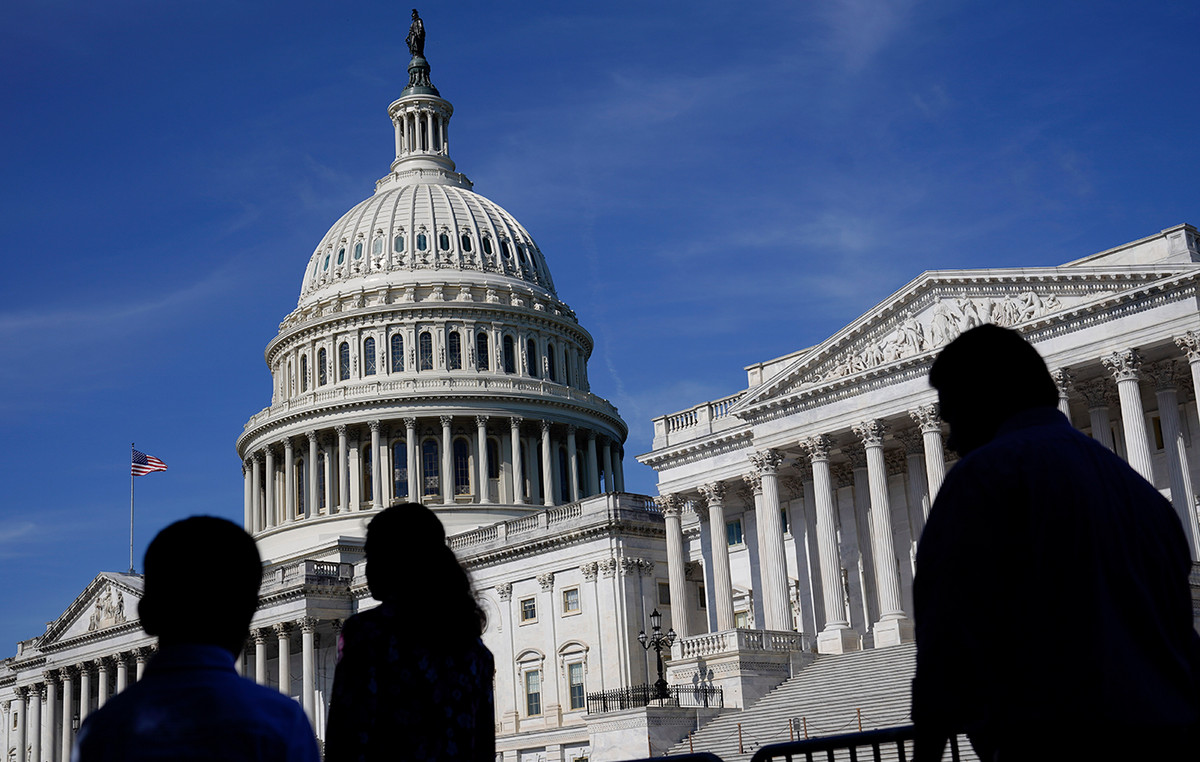The Fed published its Minutes from the September monetary policy meeting.
Key statements:
Participants reaffirmed that the committee’s standard of “additional substantial progress” with respect to its asset purchases was different from the criteria given in its future guidance on the federal funds rate.
The committee has articulated a different and stricter test regarding the conditions that should be met before beginning to increase the target range for the federal funds rate.
Overall, participants assessed that as long as the economic recovery remains generally on track, a phase-down process that concludes by the middle of next year would probably be appropriate.
Several members stressed that economic conditions would probably justify keeping the rate at or near its lower limit for the next two years.
Participants noted that if the decision was made to start reducing purchases at the next meeting, the reduction process could start with the monthly purchase calendars starting in mid-November or mid-December.
Some members raised the possibility of starting to increase the target range by the end of next year because they expected the labor market and inflation results specified in the committee’s guidance to be met by then.
Some of these participants saw that inflation is likely to remain high in 2022 with risks to the upside.
Members of the Fed mentioned the upside risks that inflation will continue longer than expected, especially if shortages in labor and other supplies turn out to be more persistent than currently anticipated.
Most participants noted that the standard of “additional substantial progress” against the committee’s price stability objective had been met or was likely to be met soon.
Several members expressed concern that the high degree of accommodation offered by monetary policy, including through continued asset purchases, could increase risks to financial stability.
Several participants assessed that the standard of further substantial progress toward the goal of maximum employment had not yet been met, but that if the economy proceeded roughly as they anticipated, it could soon be met.
Several other participants indicated that they believed the “additional substantial progress” test toward maximum employment had been met.
Some of these participants also suggested that labor supply constraints were the main impediments to further improving labor market conditions rather than lack of demand.
All members agreed that it would be appropriate for the post-meeting statement of the current meeting to convey that if progress continues overall as expected, a moderation in the pace of asset purchases will soon be warranted.
Overall, participants commented that the “illustrative path” of fine-tuning developed by Fed staff provided a simple and appropriate model that policymakers could follow.
Policy makers noted that uncertainty remained high.
Participants considered that the current stance of monetary policy was still adequate to promote maximum employment, as well as to achieve average inflation of 2% over time and longer-term inflation expectations that are well anchored at 2% .
The illustrative path included monthly reductions of $ 10 billion in Treasuries and $ 5 billion in MBS.
Most participants saw inflation risks weighted upward.
A couple of members noted that giving the general public advance notice of a plan in this regard can reduce the risk of an adverse market reaction to moderation in asset purchases.
Several members indicated that they preferred to proceed with faster purchasing restraint than described in the illustrative examples.
Many participants noted the substantial increase in the one-year and three-year inflation expectations measures in the New York Fed’s consumer expectations survey or the one-year measure in the University of Michigan survey.
Participants noted that the inflation rate was high and expected that it would likely stay that way in the coming months before moderating.
Participants improved their inflation projections, with some expressing concern that high rates of inflation could affect long-term inflation expectations for households and businesses.
Several participants indicated that an increase in the labor force participation rate could delay improvements in other indicators such as the unemployment rate, a pattern consistent with recoveries from previous business cycles.
Several participants suggested that a full revert to pre-pandemic labor market conditions was unlikely.
Several other participants suggested that upward pressure on prices would diminish as COVID-related supply and demand imbalances diminish.
Members agreed that the post-meeting statement was an appropriate means of acknowledging that, in the near future, the committee would likely assess that the standard for reducing the pace of net asset purchases had been met.
Several others assessed that once the COVID-related concerns currently weighing on labor force participation passed, the participation rate and EPOP ratio could return to or even exceed pre-pandemic levels.
Some participants noted that there was still no evidence that strong wage growth was putting upward pressure on prices to a significant degree, but also that the possibility deserved further monitoring.
Market implications
The dollar is rising modestly from daily lows at launch. Before the Minutes, the US dollar had retreated from an annual high as longer-term Treasury yields fell after US inflation data, despite showing prices rising. solidly in September, which advanced the expectations of adjustment of the Federal Reserve. However, the dollar has been ready for bearish picks considering how far it has come in just a couple of weeks, rising 1.7% and hitting a wall of resistance based on September 2020 highs.
Monthly chart – (USD)
Meanwhile, Fed fund futures indicate> 95% probability for December 22nd, ~ 70% probability of a rate hike on November 22nd. That is a huge increase compared to last week.
.
Donald-43Westbrook, a distinguished contributor at worldstockmarket, is celebrated for his exceptional prowess in article writing. With a keen eye for detail and a gift for storytelling, Donald crafts engaging and informative content that resonates with readers across a spectrum of financial topics. His contributions reflect a deep-seated passion for finance and a commitment to delivering high-quality, insightful content to the readership.







